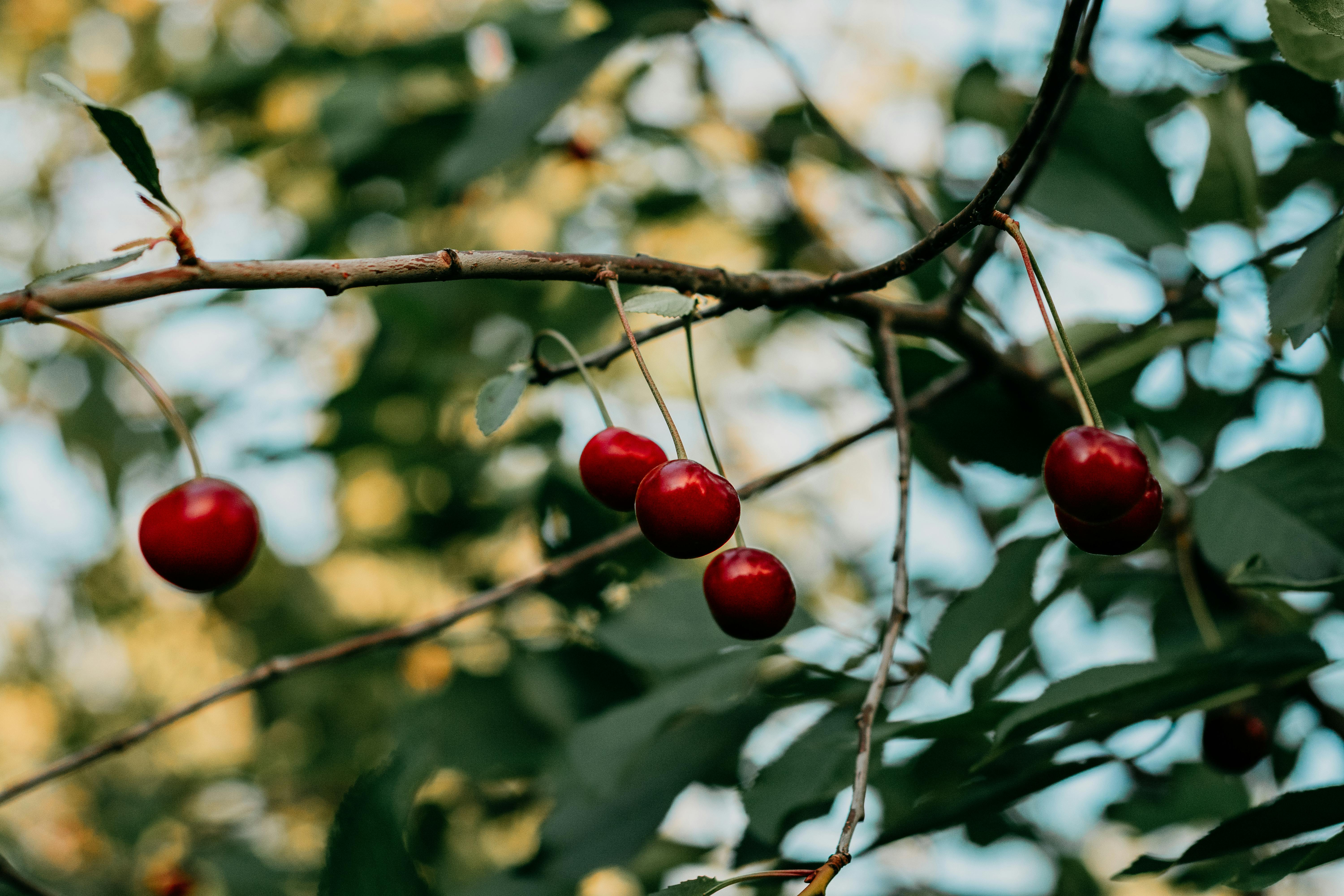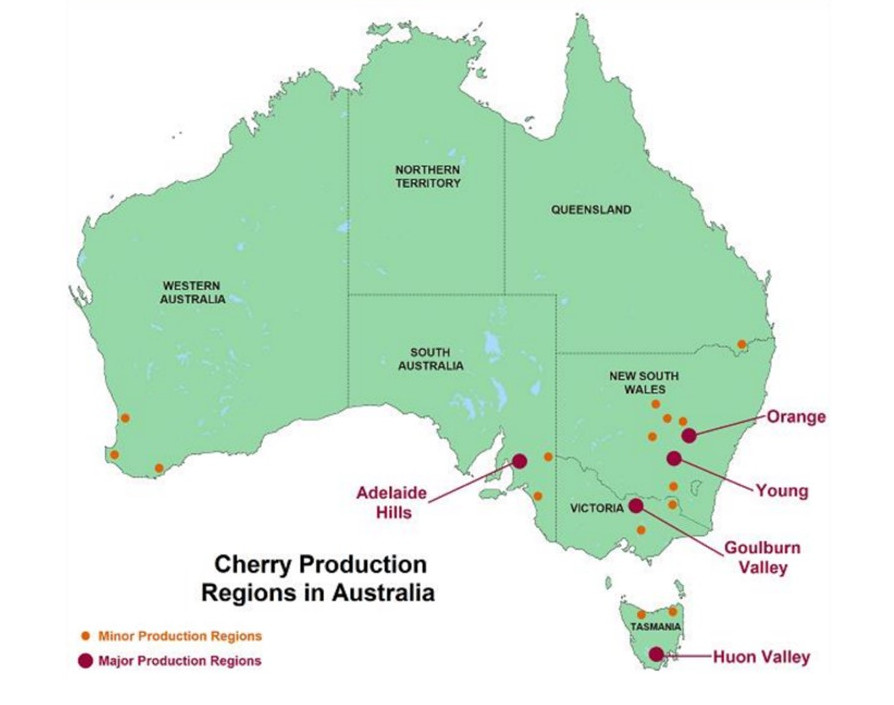
Alessandro Palmieri - University of Bologna (IT)
Cherry Times technical-scientific committee
One of the most topical issues in modern cerasiculture is undoubtedly that of comparing plants with different densities. Increased density leads to higher initial costs and a shorter productive life span of the plants, two factors with a high impact on production costs.
On the other hand, it allows for higher yields and earlier entry into production, thus increasing potential revenues, as well as more efficient plant management, which can have a significant effect on costs.
A detailed comparison analysis comes from Wasco County, USA [1], where the economic results of two plants were compared, one with a density of around 850 plants/ha (High-Density, HD) and one with 1,630 plants/ha (Ultra-High-Density, UHD).
Standard growing conditions of the area and a mix of the main varieties of the area were considered with regard to production results. With regard to production cycles, for the HD plant, entry into full economic production after 5 years and a subsequent duration of 25 years was considered, with an average yield of 14,000 pounds/acre.
For the UHD plant, entry into full production was considered already after three years, but with a full production period limited to 20 years and an average yield of 24,000 pounds/acre.
One important aspect that follows is that the total cost of planting and breeding (thus including all the years prior to full production) is substantially the same for the two plants, at around $53,000/acre [2], despite the fact that the UHD plant costs more than $10,500/acre for the astons and $7,200/acre for supports, compared to only $5,600/acre for the plants in the HD plant.
The expenses incurred during the extra 2 years of breeding actually bridge this differential.
| HD | UHD |
| $/ha | $/Kg | $/ha | $/Kg |
| A. Revenues | 29.405 | 1,87 | 50.409 | 1,87 |
| B. Variable costs | 18.266 | 1,16 | 25.887 | 0,96 |
| Pruning | 1.434 | 0,09 | 673 | 0,03 |
Fertilisation
| 622 | 0,04 | 622 | 0,02 |
Defence and weeding
| 3.174 | 0,20 | 3.258 | 0,12 |
| Harvest | 10.268 | 0,65 | 18.079 | 0,67 |
| Other | 2.768 | 0,18 | 3.256 | 0,12 |
| C. Fixed costs | 8.958 | 0,57 | 13.328 | 0,50 |
Amortisation
| 4.082 | 0,26 | 6.923 | 0,26 |
| Meccanizzazione | 1.381 | 0,09 | 2.910 | 0,11 |
Land Cap. use price
| 1.483 | 0,09 | 1.483 | 0,06 |
| Other | 2.013 | 0,13 | 2.013 | 0,07 |
| D. Overall costs (B+C) | 27.224 | 1,73 | 39.215 | 1,46 |
| E. Contribution margin (A-D) | 2.181 | 0,14 | 11.194 | 0,42 |
Source: elaboration by Thompson et al., 2022.
In table 1, the average production costs are detailed, for ease of understanding related to 1 hectare of land and 1 kilogram of production, for the two plant types. As can be seen, assuming an average selling price of $1.87/kg, the revenue per hectare of the two plants is significantly different, about $30,000 for the HD plant and $50,000 for the UHD plant, i.e. 71% more.
Total production costs, on the other hand, are 44% higher for the UHD system, but the difference is, in fact, almost only the cost of harvesting, which is $18,000 compared to just over $10,000. On the other hand, the UHD system allows the cost of pruning to be reduced and the cost of defence and fertilisation to be kept substantially at the same level.
In terms of fixed costs, the UHD plant is understandably more expensive (about 48% more), due to the higher depreciation rate (due to the shorter production duration) and the higher fixed costs of mechanisation.
Overall, therefore, the HD plant results in a margin of about $2,200/ha, or $0.14/kg, while the UHD plant shows a margin of over $11,000/ha, or $0.42/kg.

Figure 1 shows the economic dynamics recorded for the plants examined for each year of life, i.e. revenues, costs and margins. The clear difference in marginality in favour of the UHD plant is clearly visible, due to the greater revenues and the earliest entry into production, and which is realised in a recovery of investment costs (variable and fixed, without considering interest) in the 8th year against the 15th year of the HD plant.
On the other hand, the higher riskiness of the UHD plant, due to the higher planting and management costs, is a counterbalance: the production values considered are to be attributed to highly professional fruit growers under ordinary conditions. Incorrect management of the plant or particularly severe adversities that lead to a significant reduction in values can naturally change the economic scenario decisively.
[1] Ashley Thompson, Clark Seavert, & Lynn Long (2022), The Costs and Returns to Establish and Produce Sweet Cherries in a High-Density and Ultra-High-Density Orchard in Wasco County. OSU Extension Service.
[2] The average exchange rate for the year 2022 is $1.05 per euro.
Cherry Times - All rights reserved














